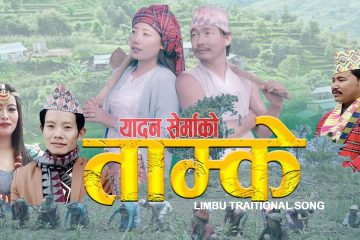In Limbu culture, the lament song, known as Hamlakwa Samlo, holds a significant place among all other types of songs. It serves as a poignant expression of sorrow and mourning, particularly during moments of deep loss and grief. The tradition of lament songs reflects the profound emotions experienced by individuals, with women often displaying a more immediate and intense response to tragedy compared to men. This cultural norm highlights the raw and unfiltered nature of grieving, where tears become the silent but powerful language of anguish and longing.
The act of lamenting is deeply ingrained in Limbu customs, with various nuances dictating the appropriate ways to mourn and express sorrow. When a loved one passes away, it is customary for the bereaved to refrain from shedding tears outwardly, instead choosing to convey their anguish through lament words and mournful gestures. This practice, known as Hamsikwa Maring Makwa, emphasizes the importance of carefully navigating the intricate rituals of grief and remembrance within the community.
An illustrative example from Limbu mythology is the tale of Tiyojongna, the grieving mother of Kesami, her tiger son. According to the Mundum, Tiyojongna’s inconsolable cries of sorrow and loss manifested in the haunting melody of the Hamlakwa, resonating with the collective pain and mourning of the Limbu people. The Hamlakwa serves as a powerful vessel for channeling emotions and memories, preserving the essence of individuals and their legacies through the transformative power of music and lamentation.
Overall, the lament song holds a revered status in Limbu culture, embodying the essence of profound sorrow, remembrance, and the enduring resilience of the human spirit. It stands as a timeless tribute to the complexities of grief and the capacity of music to transcend language and convey the depths of the human experience.




